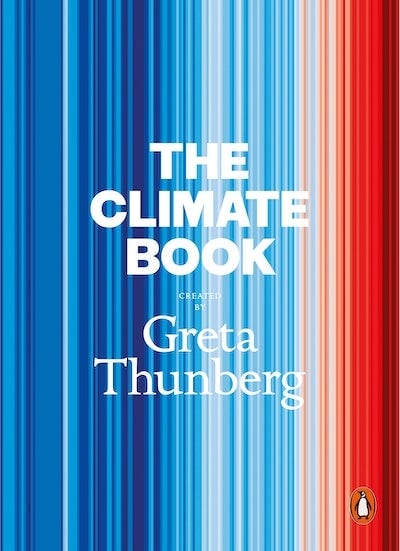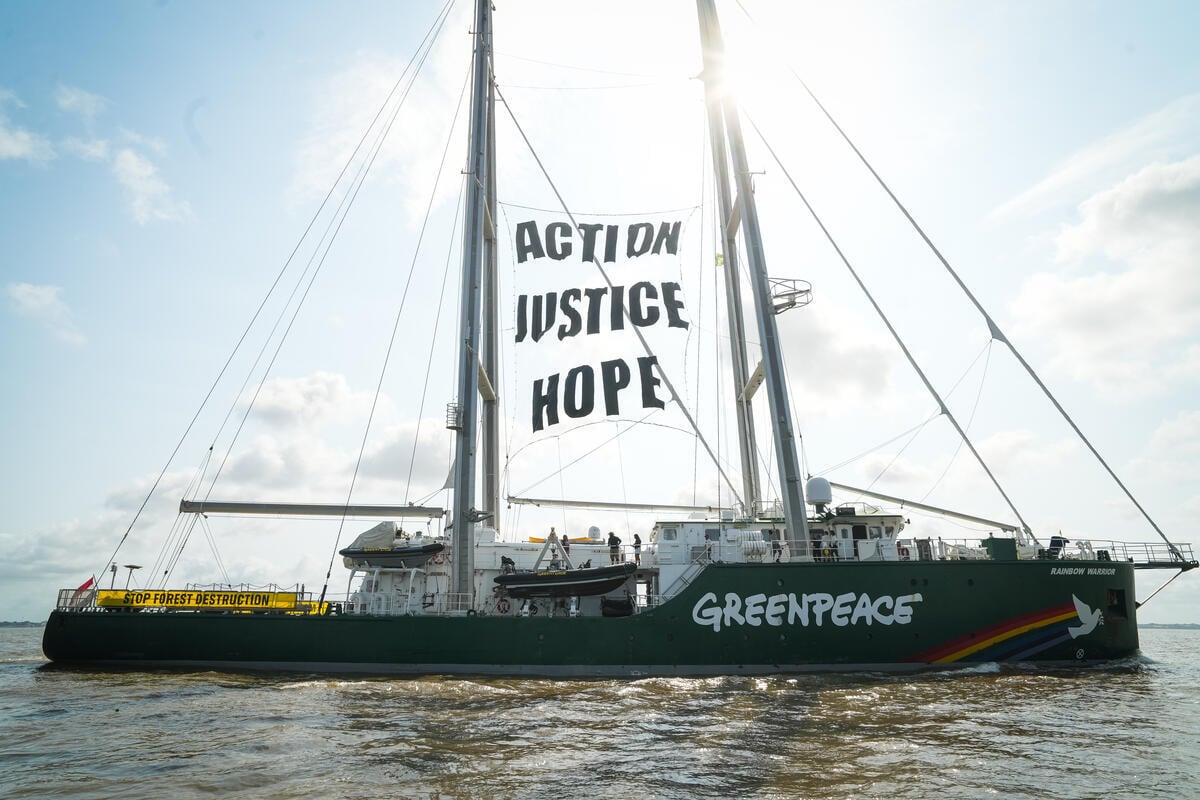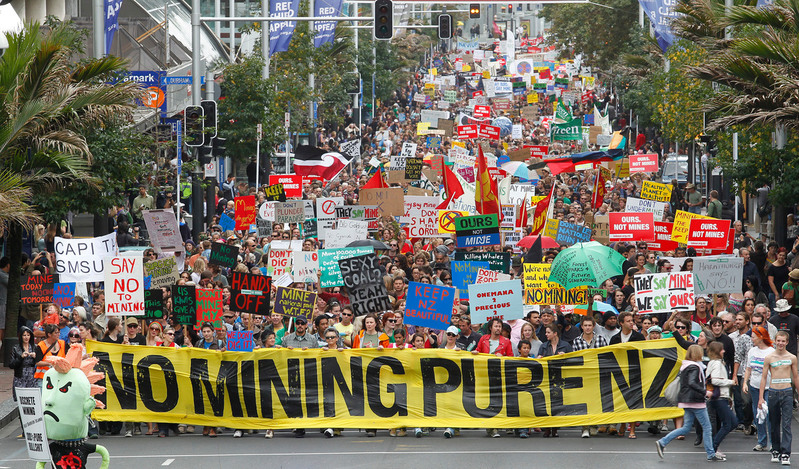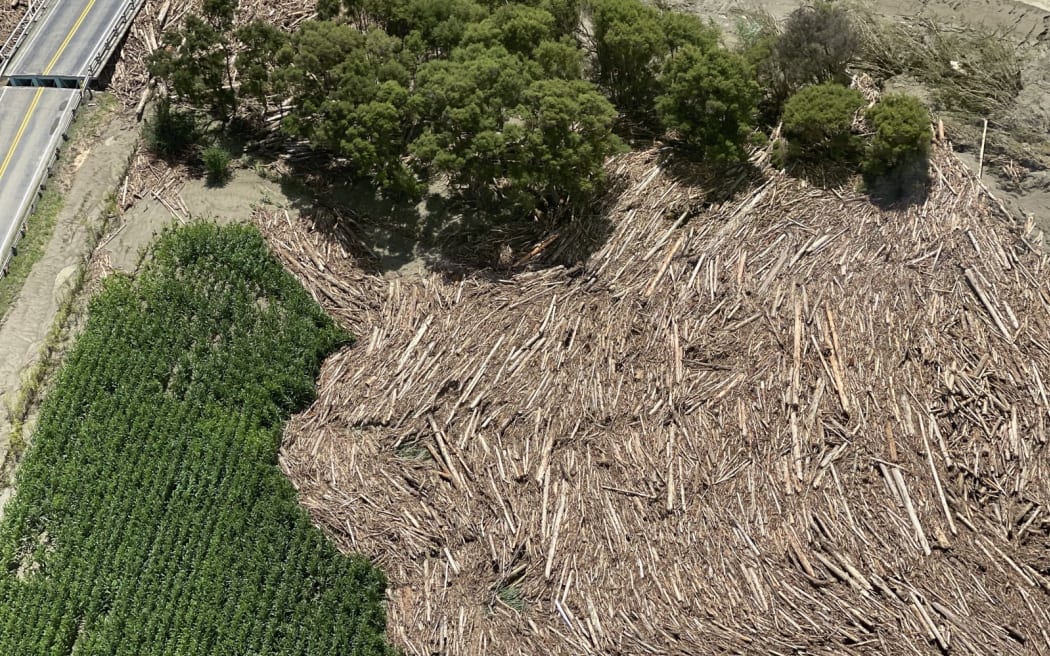This “blah, blah, blah” is perhaps Greta Thunberg’s most famous comment. It’s her frank assessment of the endless, high-level Government talks on climate change.
This same tell-it-like-it-is style comes through in her short essays introducing each section of The Climate Book created by hers truly.

It’s a hefty tome – door-stop material. It looks like a textbook, but it doesn’t read like one. Each topic, covered by a different author, spans a few to a half-dozen pages of crisp, clear text. The authors range from top international scientists and policy experts to noted activists and thoughtful observers.
Readers living in rural areas will be especially interested in the coverage of fresh water, droughts and floods, insects, soil, biodiversity, and a piece titled ‘Our Imprint on the Land’.
Owners of rural properties face very particular threats from climate change, including the threat to livelihoods for those involved in farming. But they can also make unique and positive contributions to the cause through how they manage and use their land.
There’s much in The Climate Book for townies too – for all readers, really. My favourite is Part Five: What We Must Do Now. Among other things, it looks at lifestyles and consumerism, calls for rewilding and sheds light on the connection between inequality and climate change (i.e., those already worse off are at risk of being hurt the most by rising temperatures). The authors argue for a low-carbon future created fairly. Resisting climate change denialism and overcoming climate apathy also feature.
The book’s concluding section offers practical information under four headings: ‘What needs to be done’; ‘What we can do together as a society’ (e.g., divest from fossil fuels, make ecocide a crime); ‘What can you do as an individual’ (eleven suggestions, including become politically active and shift towards a plant-based diet), and ‘Some of us can do more than others’ (politicians take note).

Beyond the book, Thunberg’s greatest strength is raising awareness of the dire consequences of climate change inaction and motivating her own generation to get involved.
She made a start on it herself, in August 2018, as a 16-year-old. Her solo strikes outside the Swedish Parliament spawned the worldwide ‘Fridays for Future’ movement.
I have taken part in some of the ‘School Strike 4 Climate’ events. The first was organised by a teacher (bless her heart and courage) at our local high school. Deep in conservative, dairy farming country, she had the support of only one other staff member. But with a hearty band of students and a few keen adults in the community, we made a go of it.
More recently, I went with friends to an SS4C rally in a city nearby where I live.
We assembled in the town square. We walked as a group around several city blocks. The students carried placards. We chanted. We stopped for red lights. We enjoyed support from passing motorists. After the walk, speeches by the young leaders were heartfelt and hopeful.
But, really, is this the way young people should have to spend a sunny Friday afternoon? Talk about a stolen childhood! They deserve better.
Gord Stewart is a sustainability consultant with a background in environmental management and economics. You can find more of Gord’s writing on his blog: ‘Taking the Long View: On sustainability and the environment’.
This article is a guest post and doesn’t necessarily represent the views of Greenpeace.



